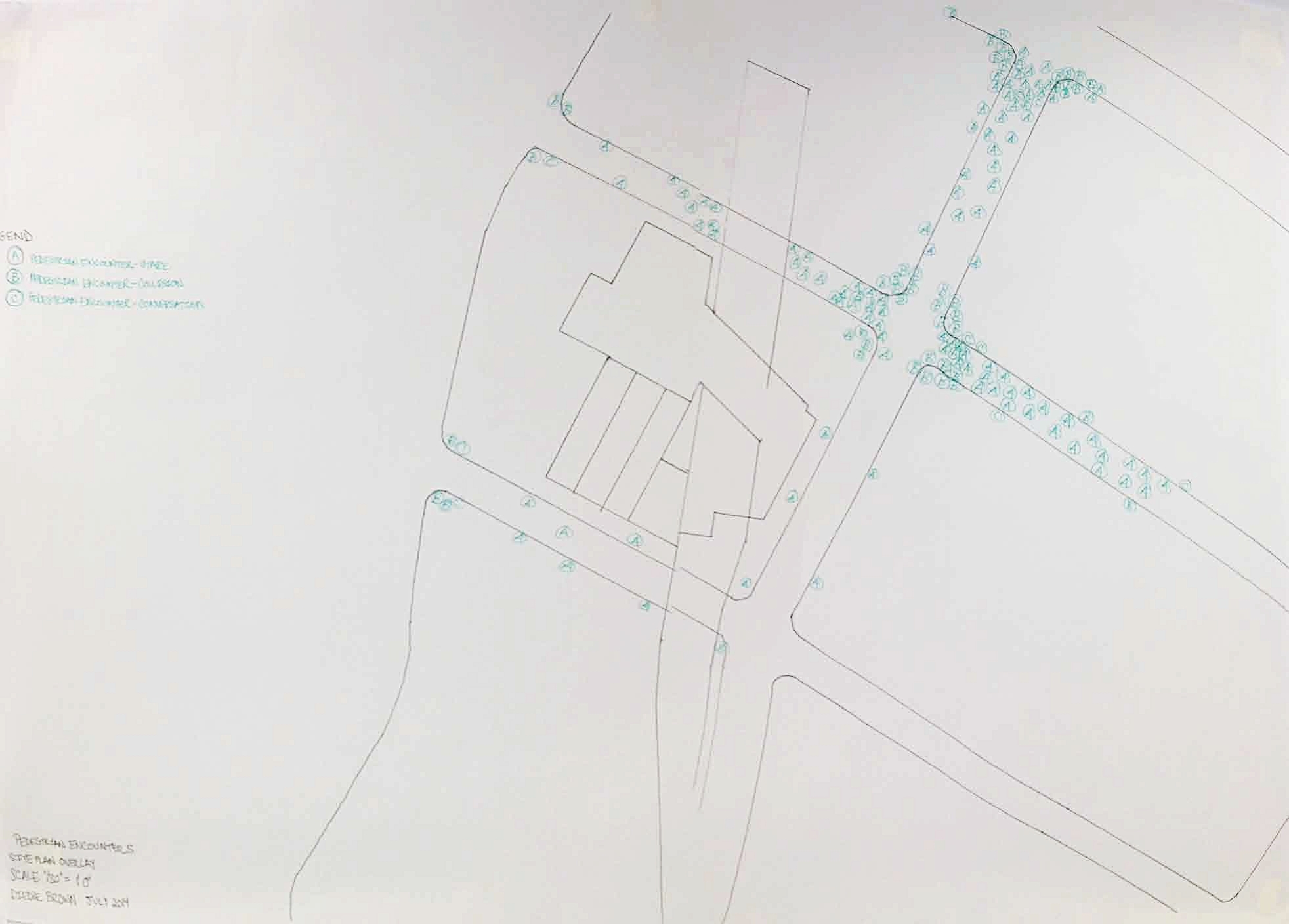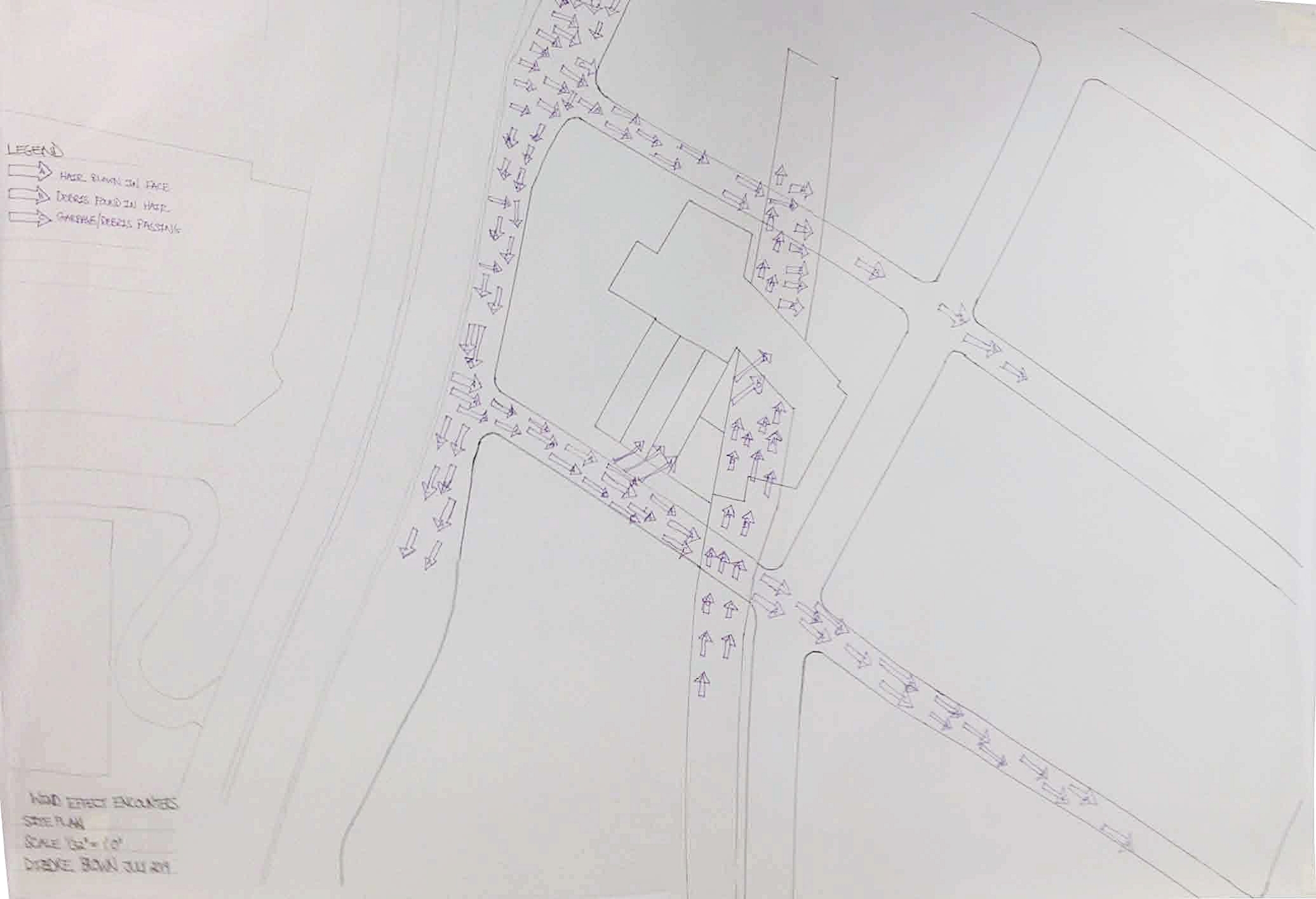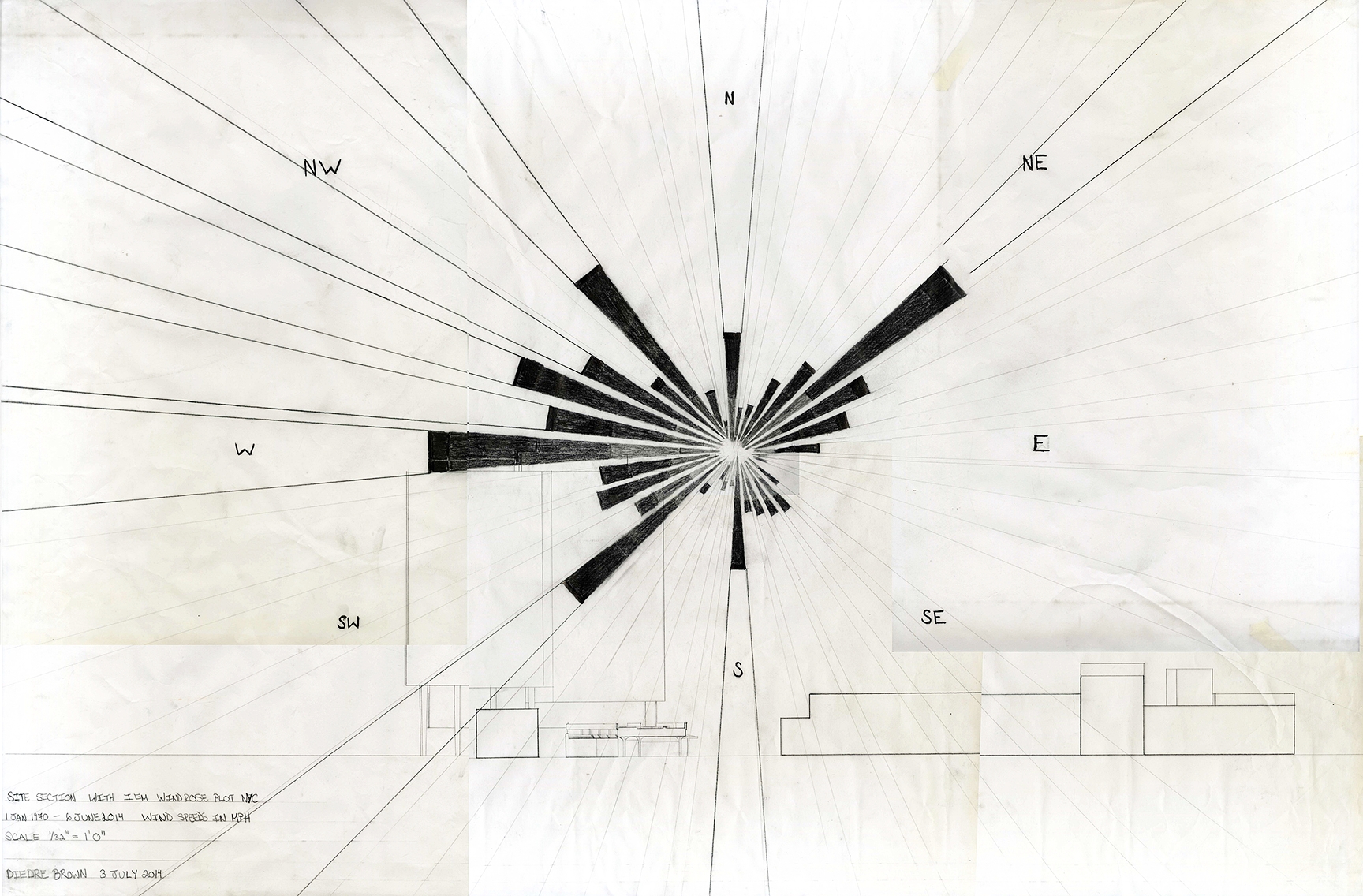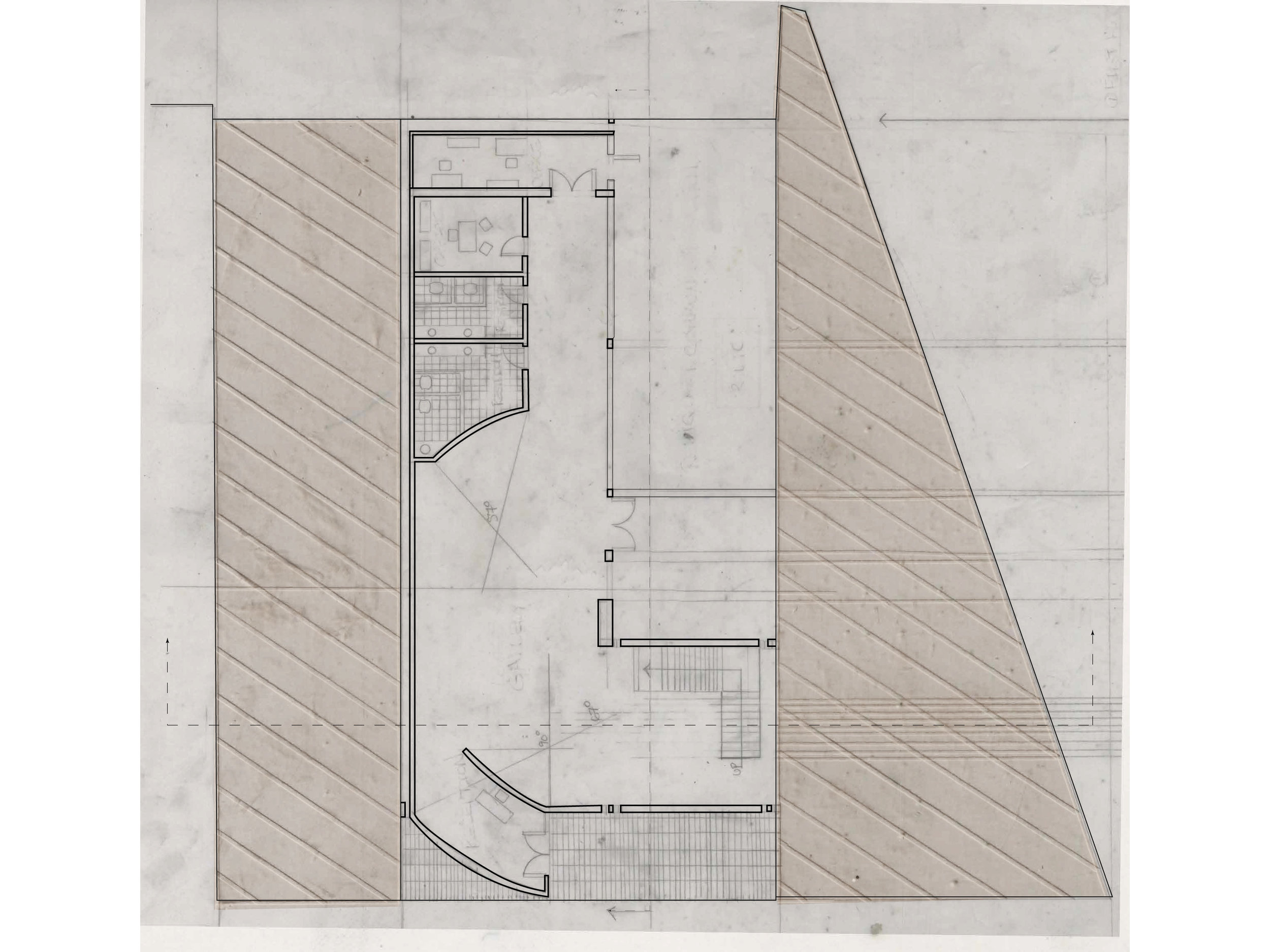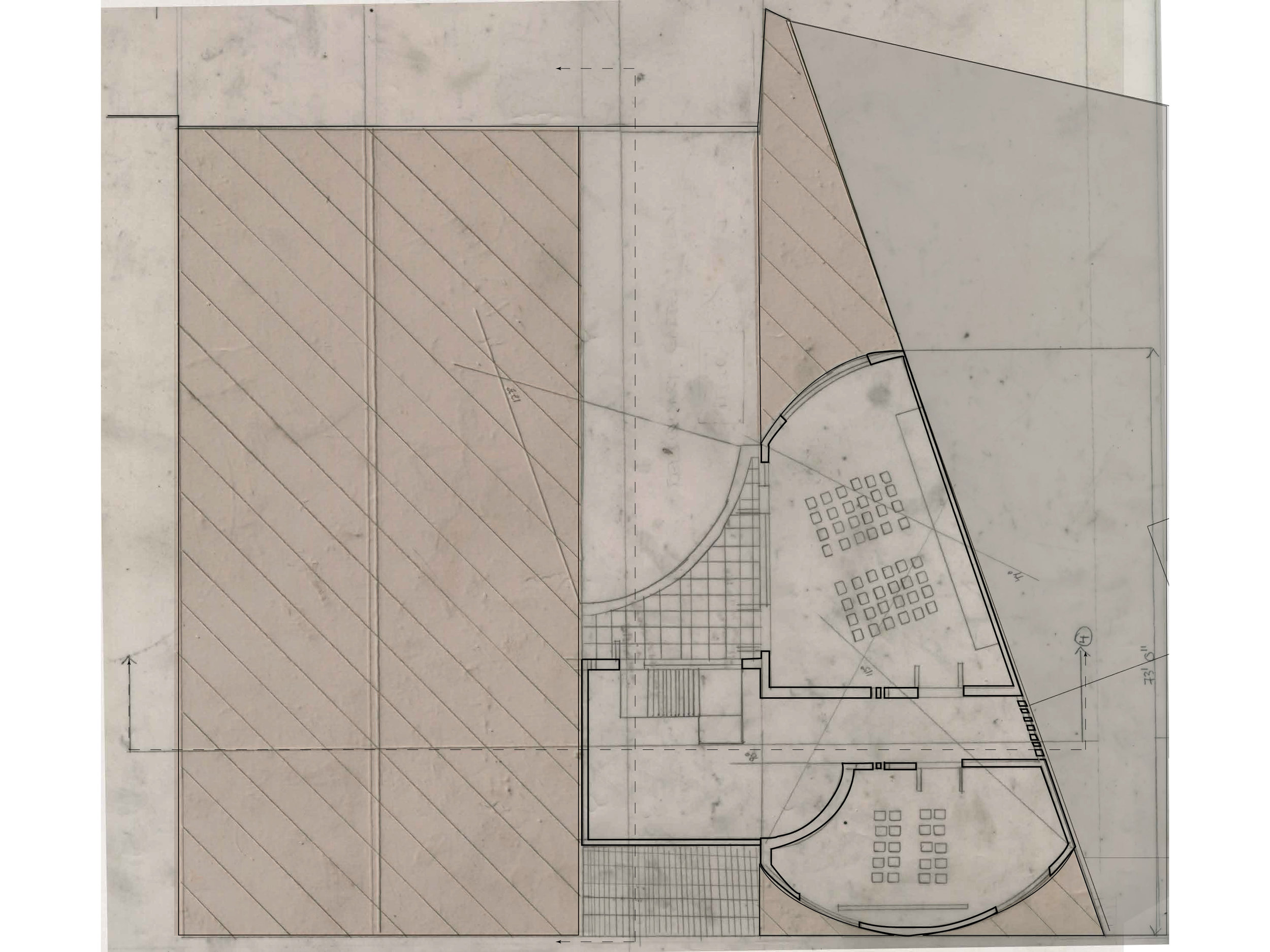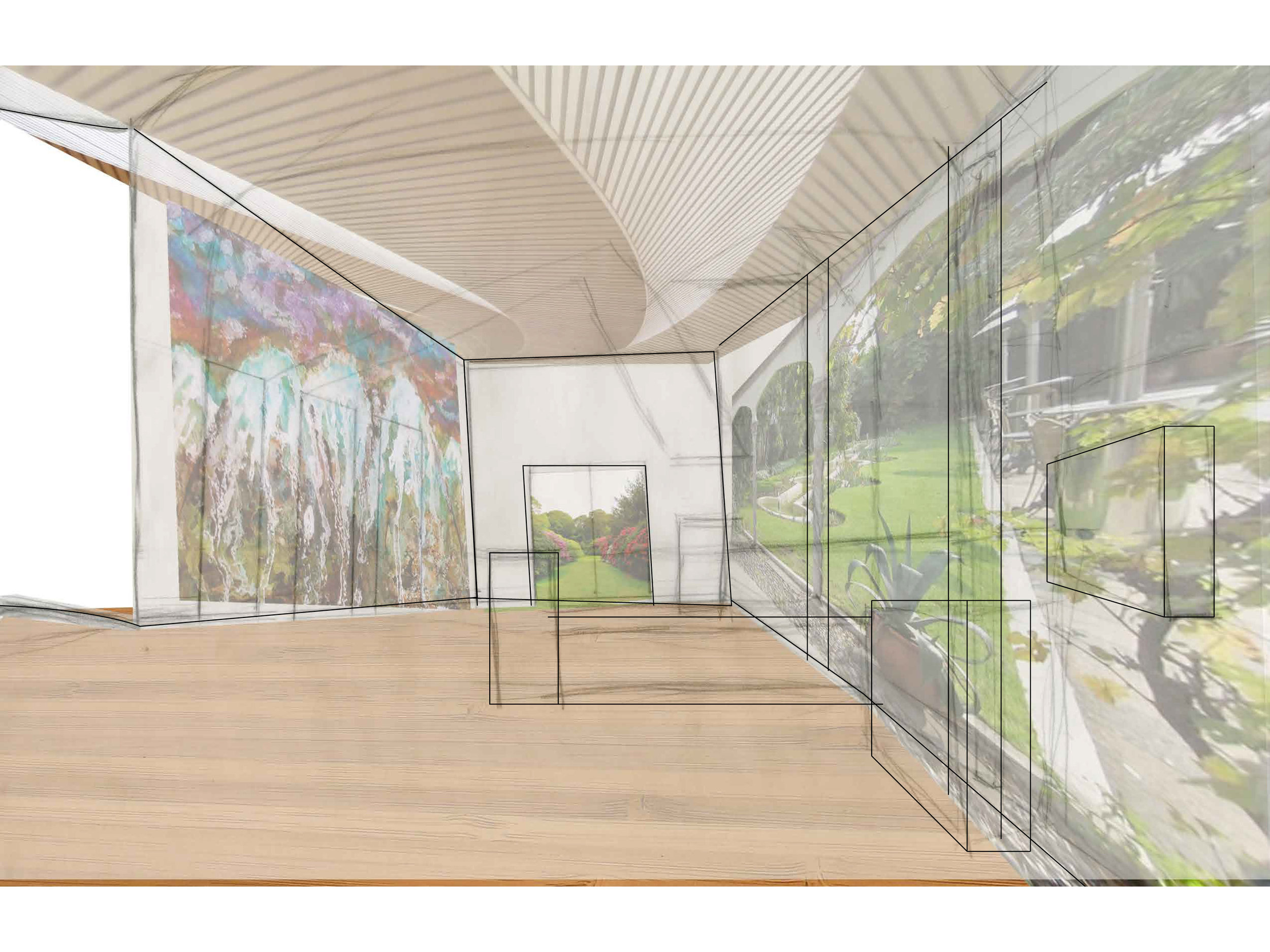Sensual Poetics of Wind
Over five weeks, our studio project involved crafting a space that served as a reliquary for an architectural object of NYC.
Studio B for Best! My studio mates and I on the last day of the Parsons SCE Summer 2014 course at Parsons The New School of Design in New York City.
Studio B Details
- Studio led by: Alice Min Soo Chun
- Representation and Analysis led by: Eli Borrero
- Teaching Assistant: James Clotfelter
- Site Location: Little West 12th Street, New York, NY 10014 (LW12St).
- Architectural Relic: The façade of The Old American Can Factory, 232 3rd Street, Brooklyn, NY 11215
The Old American Can Factory was assigned as my relic. Upon our first site visit, I was intrigued by the depiction of an almost triumphal arch in the brickwork of the façade pilasters. As the Gowanus neighborhood served as one of New York City’s bustling industrial waterfronts of the 19th and 20th centuries, which provided employment to many of the then surrounding immigrant communities, this idea of an arch or gateway/opening to transition stuck with me.
Old American Can Factory Artifact Collage. #ssce2014 #studiobforbest #parsons #reliquary #sensualpoeticsofwind
Re-constructed views of The Old American Can Factory, Brooklyn, NY 11215.
Our Site: The vacant lot on Little West 12th Street, below The Highline and The Standard Hotel.
An interesting component of the Meatpacking District site is the one which we cannot see--the western wind off the Hudson River. Wind is an amorphous and ubiquitous force whose presence we can only detect through its effects--the erosion of land, a piece of rubbish drifting along a street, and a hair blown in one's face. Upon three consecutive site visits, I observed two distinct properties of the wind:
The wind along Little West 12th Street traveled from west to east; yet, the wind along The Highline predominantly comes from the south.
With the exception of The Highline and various hotels, such as The Standard, areas of high pedestrian traffic development lie east of The Highline and north of LW12St.
Through methods of site surveying, these aspects of wind were mapped as they correlated with extended site characteristics.
As with most large urban coastal areas, such as NYC, along with varying frost, wind is a climatic challenge to design and construction. As LW12St experiences such strong winds year round, in mapping all the new and planned construction sites within a 1-block radius against strong wind patterns, a distinct trend was noticed. Aside from the Whitney Museum, the mapping illustrated that the increased development could pose a threat to the air quality not only of the site, but to the area immediately east of it as well.
After examining my site walk photographs and the data I collected, I noticed a general trend in the types of development in the Meat Packing District that was distinctly divided by The Highline, Little West 12th Street, and the strong winds therein. Development to the west of The Highline tended to be the grittier remains of the actual meat packing industry, the streets were less paved, and the traffic more congested. Whereas, development to the east of The Highline included luxury shops, hotels, and restaurants.
I translated these observations into a collage and parti diagrams of the interaction of wind on both the horizontal and vertical surfaces near LW12St. These small studies then evolved into a scribed site analysis. As paper craft is a hobby of mine, nothing reminded me more of the visualization of wind on the site than the ripping and curling of paper in the directions indicated from analysis. The process of creating the scribe informed the development of the massing models. Though each massing represented a specific property of wind experienced at the site, it was important to me that the massing evolve around and illustrate the biaxial wind flows on site. In effect, it was a matter of “letting the wind guide one in, and shape one’s interior and exterior experience of the space.”



